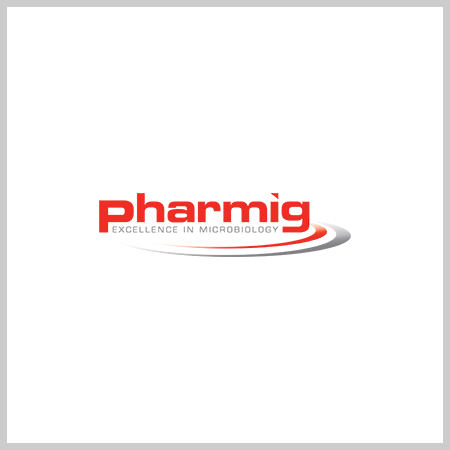This 2-day course is designed for those who are new to pharmaceutical microbiology. The course is laboratory-based and has a
strong focus on practical techniques, as well as group exercises and lectures. Attendees will have the opportunity to practice fundamental techniques. Course content includes good laboratory practice, culture maintenance, microbial enumeration and identification, environmental monitoring, and aseptic technique.
- You will leave this course with a clear understanding of not only what happens in a microbiology lab, but why the tests are performed and how to interpret the results.
- Training in the basics will help you to:
- Implement best practices in the QC microbiology lab
- Evaluate the effectiveness of current control measures
- Maintain compliance with cGMP expectations for the laboratory
Who should attend?
Attendees should have a basic grasp of microbiology theory but only limited or no practical experience. This course is ideal for new lab technicians, graduates, apprentices, and anyone new to the microbiology laboratory environment, as well as managers, production, engineering and QA staff wanting to understand the basics of microbiology laboratory practice.
Day ONE
| 09.00 – 09.30 | Tea/Coffee & Registration |
| 09.30 – 09.45 | Introduction & Welcome |
| 09.45 – 10.30 | Good QC Laboratory Practice- Health and safety
- Aseptic technique
|
| 10.30 – 12.30 | Identification Part 1 (PRACTICAL)- API set-up (PRACTICAL)
- The principals of microbial identification
- Obtaining a pure culture
- Microscopy good practice
- Colony & cellular morphology
- Gram stain & KOH
- Basic biochemical tests
|
| 12.30 – 13.15 | Lunch |
| 13.15 – 15.15 | Identification Part 2- Full identification using phenotypic, genotypic or proteomic methods
- Selecting an appropriate identification system
- Working with contract laboratories
|
| 15.15 – 16.15 | Sampling & Environmental Monitoring- Aseptic sampling practices
- Water sampling
- EM sampling methods
- The limitations of environmental monitoring
- Handling data and reacting to trends
- GROUP EXERCISE – EM Risk Assessment
|
Day TWO
| 08.45 – 09.00 | Tea/Coffee |
| 09.00 – 12.00 | Enumeration of Microorganisms (PRACTICAL)- Purpose of enumeration and meaning of CFU
- Good pipetting technique
- Preparing a dilution series
- Colony counting and interpretation of results
|
| 12.00 – 12.45 | Lunch |
| 12.45 – 13.30 | Identification Part 3 (PRACTICAL)- Reading API strips
- Interpretation of ID results
|
| 13.30 – 14.45 | Microbiological Media- Preparation and storage of media
- Selective and differential media (PRACTICAL)
- QC of media
|
| 14.45 – 15.00 | BREAK |
| 15.00 – 15.40 | Culture Maintenance- Culture collections
- Cell banking
- Culture maintenance – storage, resuscitation and QC
- Ready to use commercially available cultures
- Appropriate use of in-house isolates
|
| 15.40 – 16.15 | Pharmacopoeial Standards- The development and structure of pharmacopoeia
- Harmonisation of pharmacopoeial methods
- Qualification of pharmacopoeial methods
- Validation of non-compendial methods
- Managing pharmacopoeial updates
|
| 16.15 – 16.30 | Q&A and Closing Remarks |
To register your interest please click here maxine@pharmig.org.uk


